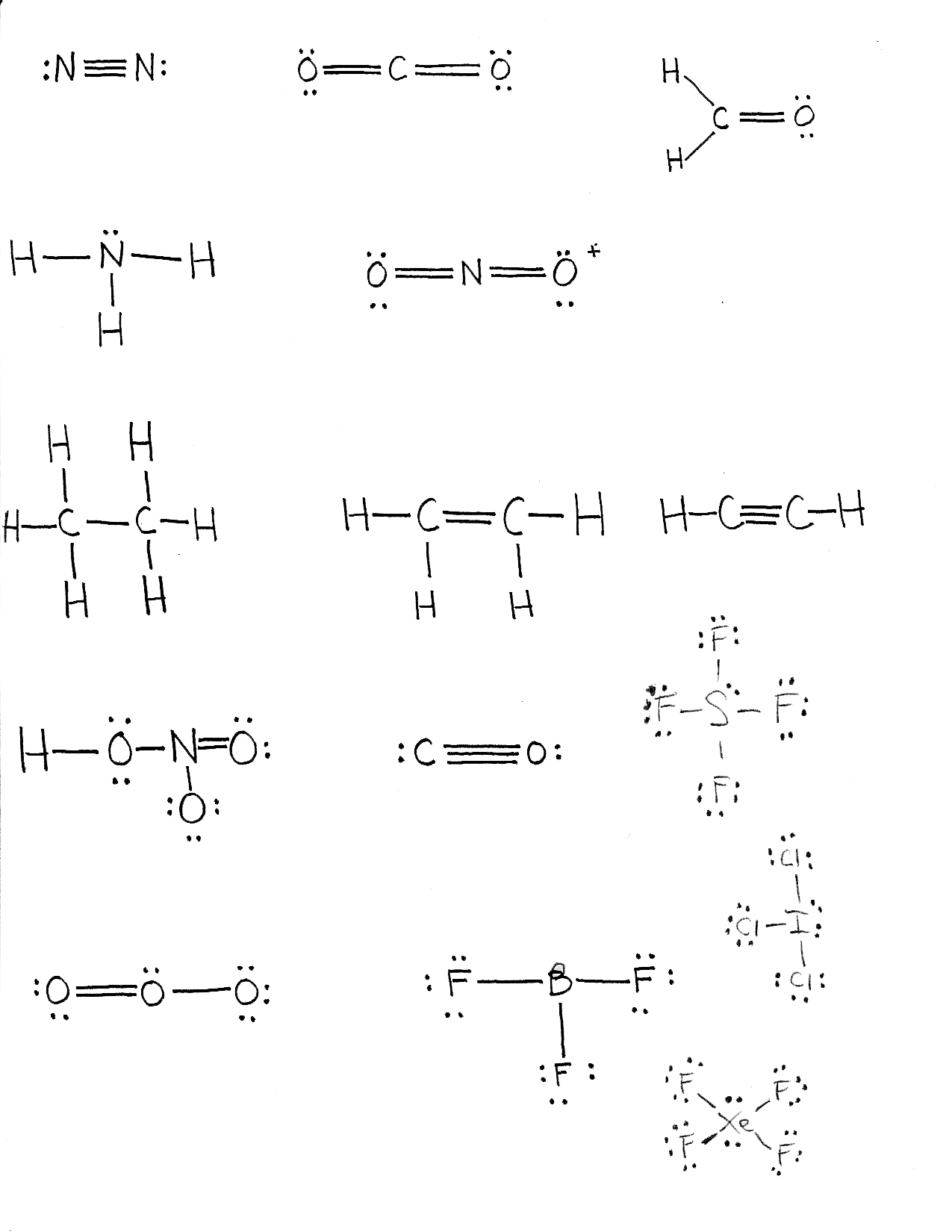Electronegativity
- The attraction an atom has for the shared pair of electrons in a chemical bond
- It is the difference in electronegativity between two atoms that determines the degree of electron sharing which occurs between the two atoms
- Electonegativity refers to how much atoms want to gain electrons
- The top right corner of the periodic table has the highest electronegativity.Fluorine is the MOSTelectronegativity element, and the lowest electronegativity value is Francium with a value of 0.7
- If an atom has high Electronegativity value indicates that it readily pull on electrons in a bond
-If an atom has low Electronegativity value indicates that it doesn't readily pull on electrons within a bond
- Electronectivity increase as you go across a row from left to right, and decrease as you go down a group
- The scale that is most commonly used to messure electronegativity is called the
Pauling scalt , this scale range from 0.7 to 4.0
-High electronegativity values have high ionization energy because they strongly attract their valence electron and they are difficult to remove
- If the electronegativity difference < 0.5 it is a
COVALENT bond
- If the electonegativity difference greater and equal the 0.5 or less and equal than 1.8 it is
A POLAR COVALENT bond
Polarity
- Describes a molecule's electrical balance
- If there is an imbalance with electrical charge, then a molecule is polar
- If the electrical charge is the same strength on all sides of the molecule, then it is nonpolat
Polar Covalent Bonding
- electonegativity difference between 0.3 and 1.6 are considered to be covalent but with unequal sharing of elecreons , because the bond has slightly positive and slightly negative poles that form at each end
- Higher electronegativity will form a PARIAL NEGATIVE charge, and lower electronegativity will form a PARTIAL POSITIVE charge
- An arrow sigh is usually used to indicate the migration of electons towards the more electronegativity
EX:
For CH3C1, C has a value of 2.5; H has a value of 2.1 and Cl has a value of 3.0.
...................H (2.1)
....................|
H(2.1) --------- C(2.5) ----------- Cl (3.0)
....................|
...................H (2.1)
Between the Hydrogen's and carbon there is a difference of 0.4, and between the carbon and chlorine there is a difference of 0.5.
VSEPR (The Valence Shell Electron Pair Repulsion
- For polyatomic molecules containing 3 or more atoms, one of the atoms is called the central atom to which other atoms are linked.
- The geometry of a molecule depends upon the total number of valence shell electron pairs (bonded or not bonded) present around the central atom and their repulsion due to relative sizes and shapes.
- If the central atom is surrounded by bond pairs only. It gives the symmetrical shape to the molecule.
- If the central atom is surrounded by lone pairs (lp) as well as bond pairs (bp) of then the molecule has a distorted geometry.
- The relative order of repulsion between electron pairs is as follows: lp – lp > lp – bp > bp – bp.
A lone pair is concentrated around the central atom while a bond pair is pulled out between two bonded atoms. As such repulsion becomes greater when a lone pair is involved.
linear molecule :with a 180o angle
trigonal planar :with angle of 120
- If the electronegativity difference >1.8 it is an
IONIC bond








.png)
















